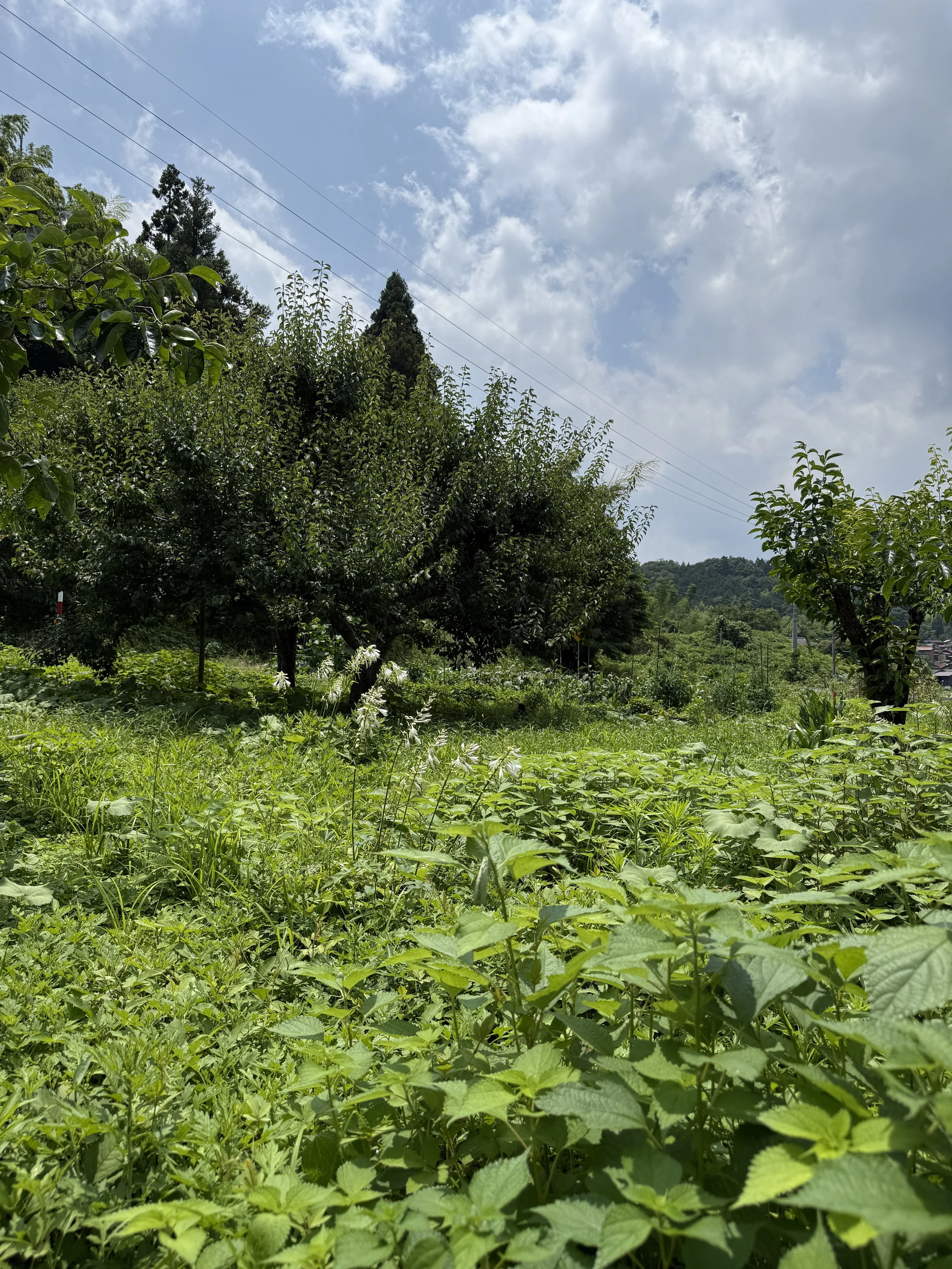Microseason: Warm Wind Arrives
SUMMER
SMALL HEAT
WARM WIND ARRIVES
7 - 11 July
In the traditional Japanese palette, the color green is a relatively recent distinction. For much of Japan’s history, what we now identify as green was encompassed within the broader category of ao. Historically, ao did not refer solely to what is called blue in English. Rather, it described a wide range of hues.
Even today, we refer to green traffic lights as aoshingo, and young Spring flora is described as aoba. Japanese color naming followed feeling, situation, and function, not analytical classification. Color is a reflection of living context over fixed classification.
Traditional language weaves together the deep interrelation of color, climate, and cultural memory. The term midori did exist in early literature, but it functioned more as a poetic or emotive descriptor rather than as a fixed chromatic term. It was only in the modern era, under the influence of Western color categorization, that midori came to be recognized as a distinct color between blue and yellow on the spectrum.
This fluid relationship between blue and green is perhaps best embodied in the traditional dye ai. Derived from fermented indigo leaves, ai produces a range of hues in its complex preparion and dyeing process. Colors shift between brown, gold, blue-ish green, light blue, green-ish blue, and navy depending on the season and layers of dye. Its layered tones illustrate how sensibilities around color embrace gradation, ambiguity, and harmony with nature, rather than isolated values on a chart.
Photo credit: Momoko Nakamura, Kana Anzai


